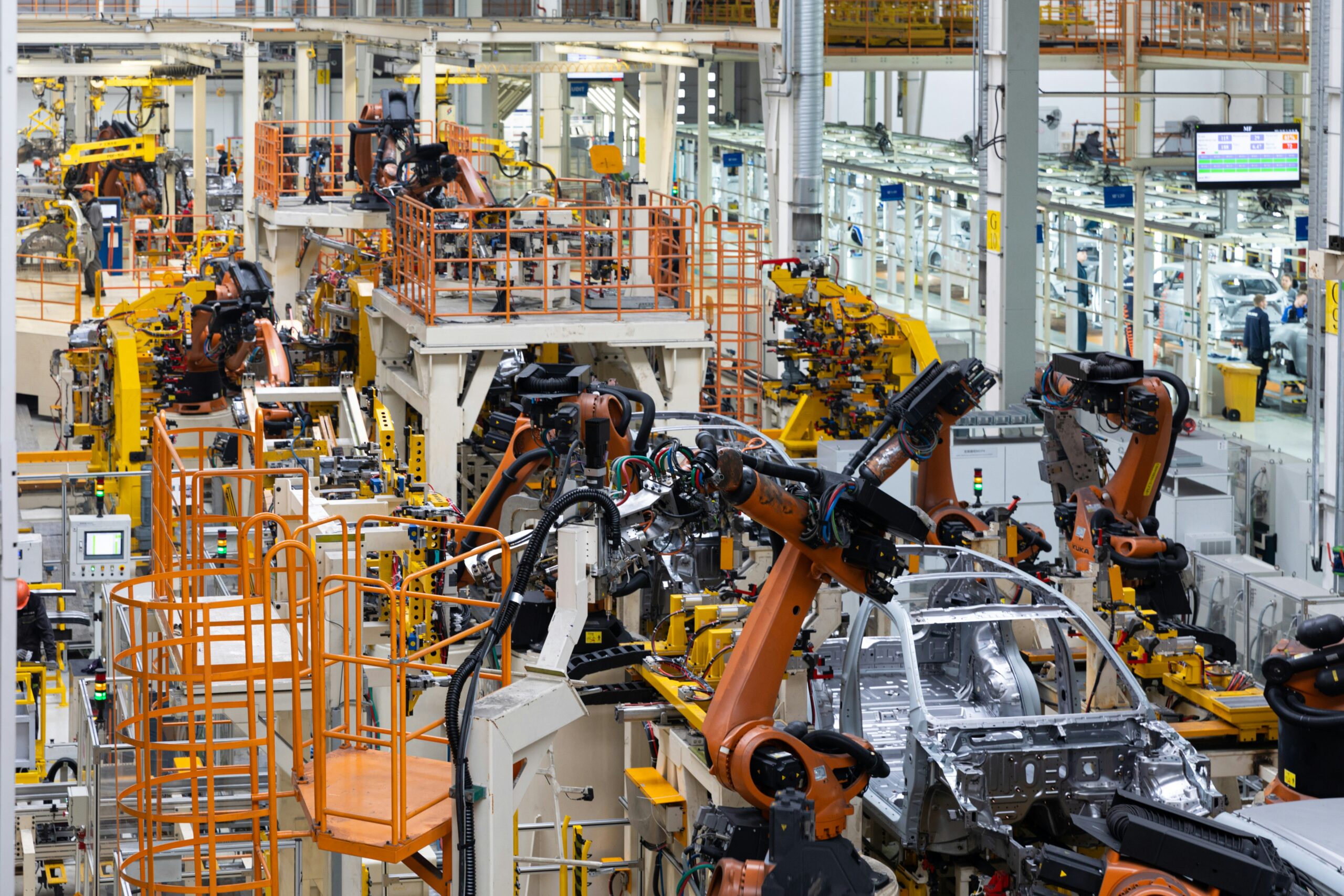
The Sim Corder/Harrison Mill is a historic landmark in the evolution of early industrialization. Its significant role in the development of milling technology and its contribution to the local economy during the 19th century cannot be overstated. Located in a region rich in natural resources, the mill was a driving force in shaping industrial practices that would later influence larger industries. This article examines the legacy of the Sim Corder/Harrison Mill and its enduring impact on early industrial development.
Early Beginnings of the Sim Corder/Harrison Mill
The origins of the Sim Corder/Harrison Mill can be traced back to the early 1800s when it was established to meet the growing demand for grain processing in the region. The mill was strategically located near a water source, harnessing the power of the river to operate its machinery. This early use of water power marked a significant departure from traditional hand-powered methods of grinding grain, allowing the mill to process larger quantities of product with greater efficiency.
The technology used at the mill was a precursor to more advanced milling techniques that would emerge in later decades. The combination of water power and mechanical systems set the stage for the mill to become a model for future industrial advancements in the area. As demand for flour and other grain products increased, the mill gained prominence, attracting the attention of investors and entrepreneurs eager to capitalize on the burgeoning Industrial Revolution.
Technological Innovations and Industrial Practices
One of the key contributions of the Sim Corder/Harrison Mill was its role in advancing milling technology. The mill incorporated new systems and tools that improved the quality and efficiency of grain processing. For instance, the introduction of waterwheels to power the mill was a game-changer, as it replaced the need for manual labor. This allowed the mill to operate more efficiently and produce larger quantities of flour, meeting the demands of a rapidly growing population.
In addition to water power, the mill also employed innovations such as automated milling equipment and improved grain sorting mechanisms. These advancements not only made the process faster but also reduced the manual effort required for grinding and sorting. The impact of these technological innovations went beyond the mill itself, influencing other industries and encouraging the adoption of similar practices across various sectors.
Economic Contributions and Community Development
The Sim Corder/Harrison Mill played a crucial role in the local economy, providing employment opportunities and contributing to the economic development of the surrounding area. As the mill expanded its operations, it created jobs for a growing workforce, from millers and engineers to laborers who operated the machines. This provided a much-needed source of income for local families and helped to foster a sense of community around the mill.
Furthermore, the mill’s success had a ripple effect on other businesses in the region. Local farmers relied on the mill to process their grain, while nearby suppliers provided materials needed for the construction and maintenance of the mill’s machinery. The increased demand for goods and services created new opportunities for local businesses, contributing to the region’s overall prosperity.
As the mill continued to thrive, it became a symbol of the economic potential that industrialization offered. Its success demonstrated the viability of mechanized production and inspired other industries to follow suit, further accelerating the shift toward industrialization in the region.
The Legacy of the Sim Corder/Harrison Mill
Today, the Sim Corder/Harrison Mill stands as a testament to the transformative power of early industrial progress. Its contributions to milling technology, local economies, and industrial practices have left a lasting impact on the development of industries across the United States. The mill’s role in advancing mechanization and streamlining production processes significantly influenced the broader Industrial Revolution, helping to shape the future of manufacturing and production.
Moreover, the legacy of the mill extends beyond its technological and economic contributions. It represents the spirit of innovation that characterized the early stages of industrialization. The mill’s success inspired future generations of engineers, entrepreneurs, and workers to embrace the possibilities of mechanized production, sparking a wave of innovation that would propel the United States into the modern industrial era.
The Sim Corder/Harrison Mill was a pivotal force in the early stages of industrialization. Its technological innovations, economic contributions, and lasting legacy have left an indelible mark on history. Today, we look back on the mill as a symbol of how far industrial progress has come and the lasting impact that early innovations have had on our lives. The story of the Sim Corder/Harrison Mill continues to inspire those who are shaping the future of industry today.